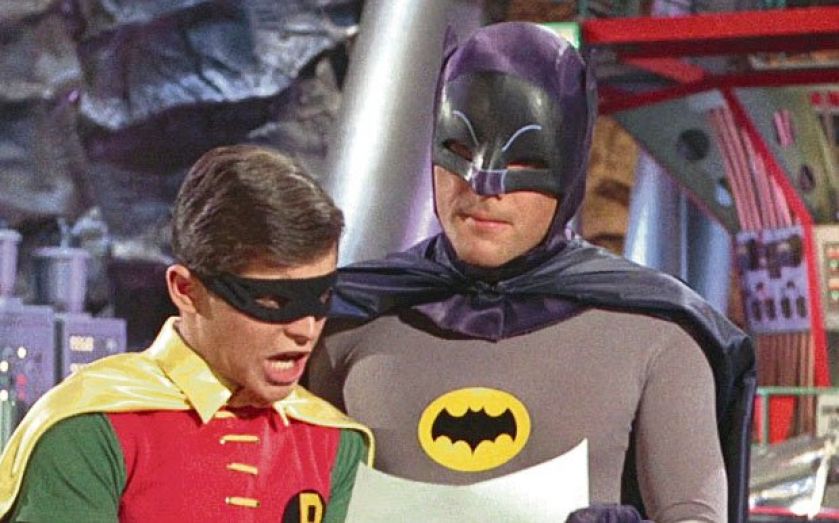Lessons learned from a leader’s right-hand man

What do Batman’s Robin and John Prescott have in common?
Julius Caesar is down as having said: “I would rather be first in a small village in Gaul than second in command in Rome”.
All well and good, but behind every successful leader, there’s always a number two who is crucial to the running of the show. Things didn’t quite work out too well for Caesar – Marcus Brutus, a member of his inner circle, who he’d recently brought back into the fold, literally stabbed him in the back. “Et tu, Brute?”
But don’t let this put you off. What can be learnt from these power pairings and, particularly, from the role of the right-hand man?
FIRST (AND SECOND) PRINCIPLES
Rosabeth Moss Kanter, a Harvard Business School professor, says that being number one relies on getting number two right. The latter complements the leader in terms of skills and personality, but carries the same message. A good example from business was when Ivan Seidenberg, then chief executive of Verizon Communications, appointed head of Verizon Wireless Lowell McAdam as chief operations officer and his successor. This strengthened the company’s message on wireless technology, pointing to the future, as well as shaping the present.
The “operations” element of leadership also highlights the importance of the aide-de-camp’s competencies. While the leader embodies the public image, the second in command can pick up round the edges: digesting research, factoring in detail and holding consultations.
ARE WE EVEN COMPATIBLE?
Number twos are usually the quietest – but smartest – person in a room, says Oxford Center for Entrepreneurs founder Cliff Oxford. Rather than be the life and the soul, Oxford points out that the best of them steer clear of lunches, making speeches – even having titles. Part of their success lies in having a semi-invisible quality. They can traverse hierarchies and multiple sectors of the business without too much imposition. Holding power doesn’t necessarily mean being the one in control.
THE NUMBER TWO LEADER
Many leaders fear a potential usurper, and for good reason (for Game of Thrones watchers, think Robert Baratheon). But the adage that you should hire people better than you shouldn’t alter for leaders – although for some it could be a bit much. Kanter conjectures that Sanford Weill of Citigroup might have smelt a rival in protege Jamie Dimon, now chief executive of JP Morgan. Weill fired Dimon in 1998, ending a 15-year partnership.
But a powerful number two can be strategically advantageous for a company. After Steve Jobs’s death, Apple looked very similar under Tim Cook – except for a change in collar types. But of course Cook has been on the scene since 1998, and has been key to the progression of the company ever since.
HOLDING THE BUCK
While right-hand men often rise to greatness themselves, their complicity can mean carrying a burden. This was all too obvious when John Prescott MP, Tony Blair’s deputy, admitted last year that he didn’t think the 2003 invasion of Iraq was justifiable. But “I can’t just disown it,” he said.
Negotiating practice
Close My Deal
£2.99
If you want to learn or improve negotiation skills, this app could be what you’re after. Crammed with insight into professional deal-making techniques, along with practical advice, it allows you to keep track of your progress. It runs through steps on how to handle difficult people and how to close a deal successfully. It’s designed by renowned negotiator Clive Rich, who’s brokered over £10bn of deals between international companies.